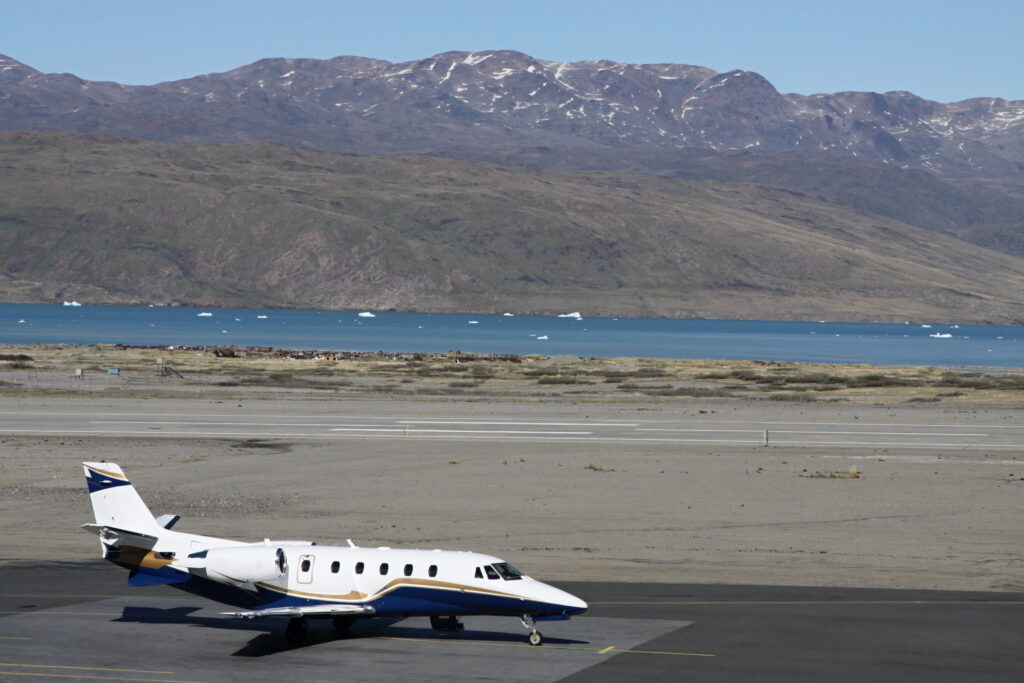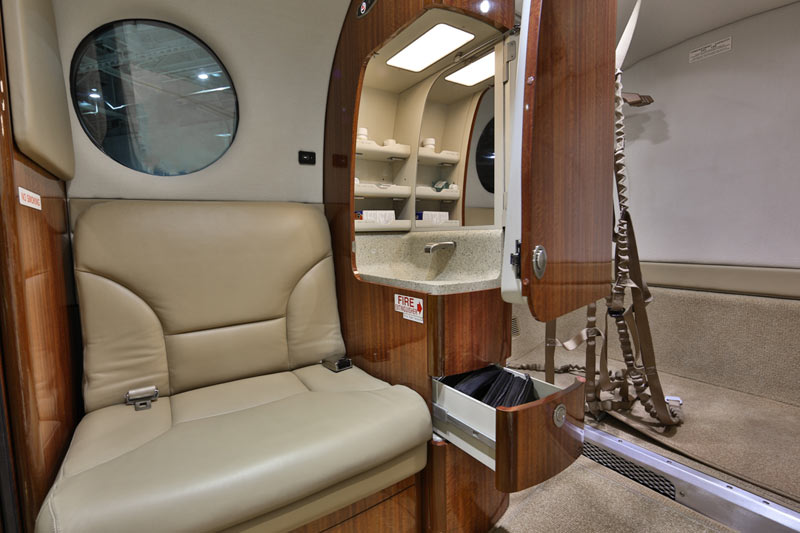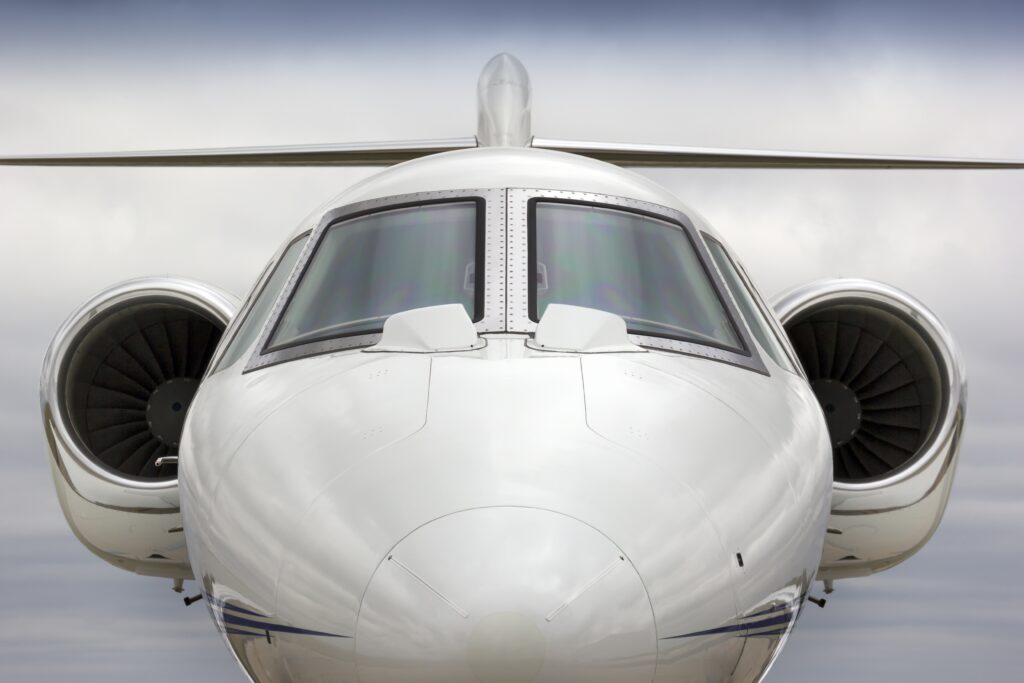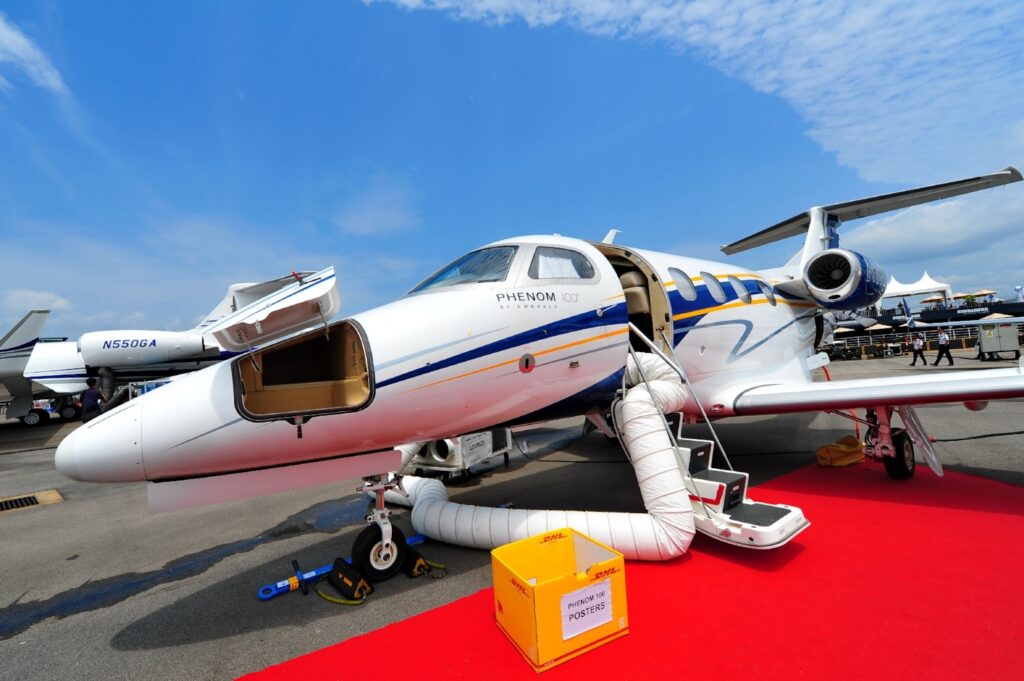Many dream of owning a private aircraft but are overwhelmed by costs and financing. In this blog, we’ll address how to realistically estimate fixed annual and direct operating costs and how to evaluate your options when it comes to purchasing.
There are two sections of budget to address when determining if private aircraft ownership is right for you: fixed annual costs and direct operating costs. The best tool to use for this part of planning is called the Aircraft Cost Calculator. We also have some of this data, based on US national averages, in our buyers’ guides as well as in the results of our aircraft finder.
When it comes to direct operating costs, we have a few insider tips to keep costs down:
- Fuel Rate: Negotiate for a better fuel rate. You can do this through your hanger provider or through a fuel membership program, either of which can save you thousands of dollars each year!
- Maintenance Programs: Budget for routine maintenance and unexpected avionics malfunctions. There are different programs that offer included labor, typically on a per-flight-hour basis with some annual minimums.
- Crew Costs: Be sure to factor in miscellaneous crew costs, like travel expenses for your crew, whether they’re staying somewhere overnight, or you’re leaving the plane somewhere for an extended period of time, or they’re flying it back to home base.
As far as purchasing, there are several options: paying cash, leveraging business equity, and the place in the middle—aircraft financing.
When you’re first looking to buy an aircraft, consider tax depreciation benefits or leasing the aircraft to defer residual exposure to the bank, as banks won’t take on much risk in this area anymore. Also, it’s a good idea to have lending institutions conduct independent due diligence on an aircraft in advance of making offers, as loans can take weeks to fund.
Lending institutions typically assess the proposed structure of the financial instrument, the borrower’s strength of credit, the jurisdiction in which the aircraft will be owned, operated, and maintained, and the aircraft itself (age, history, maintenance, and more). Several lenders offer non-recourse or asset-based aircraft mortgages.
The benefit of leveraging a commercial financial entity over a traditional bank is that banks tend to have more regulatory capital constraints and are getting more and more restrictive. In addition, traditional banks don’t like to finance older planes, offer longer terms, or take ownership risk. These things restrict options for the future owner.
While this is a lot of information to process, it’s important to consider these factors while preparing to enter into private aviation. Download our Aircraft Acquisitions eBook to learn more about costs and financing, and everything you need to know when fulfilling your dream of private aircraft ownership.





